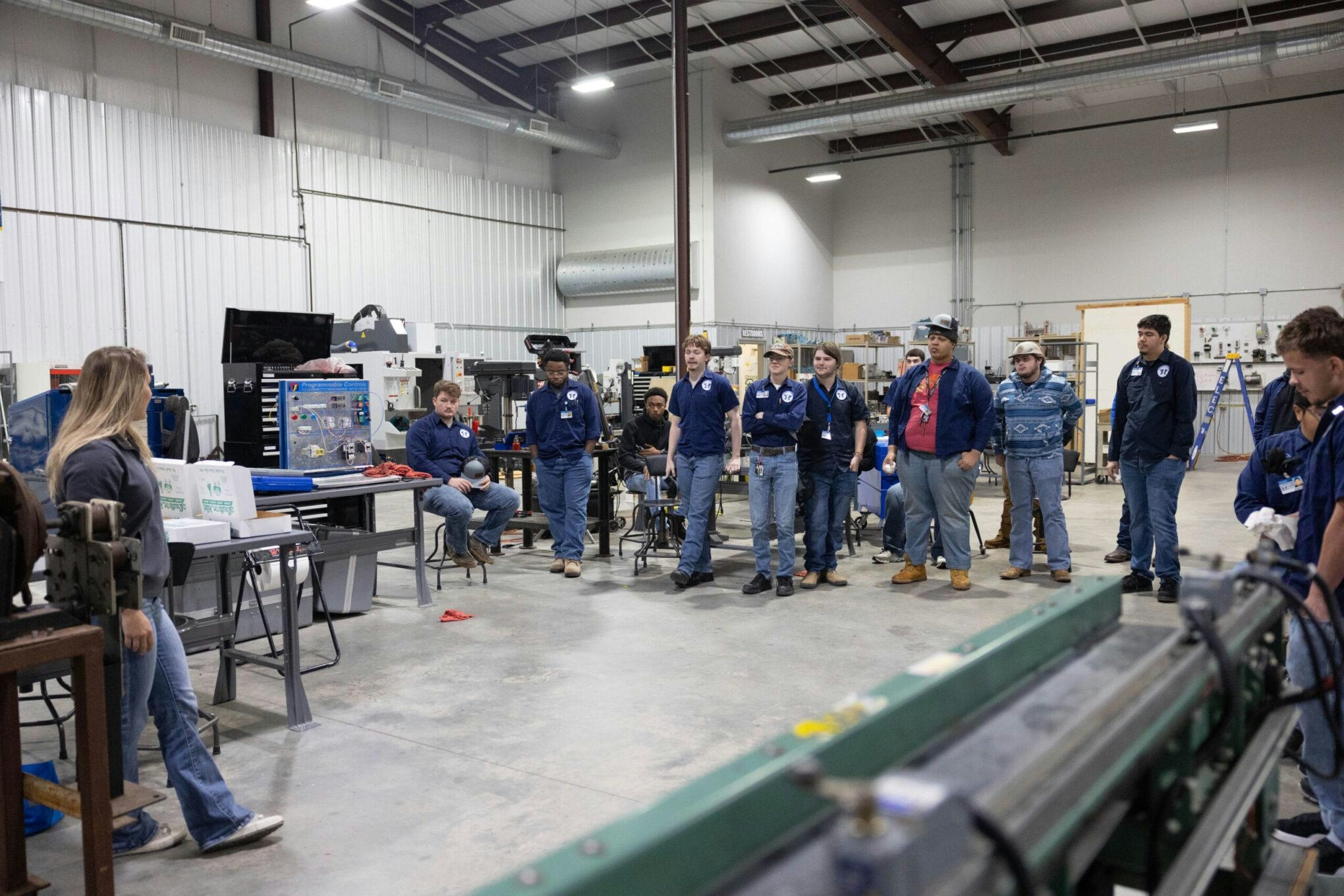
AeroGenie — Seu copiloto inteligente.
Tendências
Categories
FAA Issues Rule Permitting Drones to Operate Beyond Visual Line of Sight
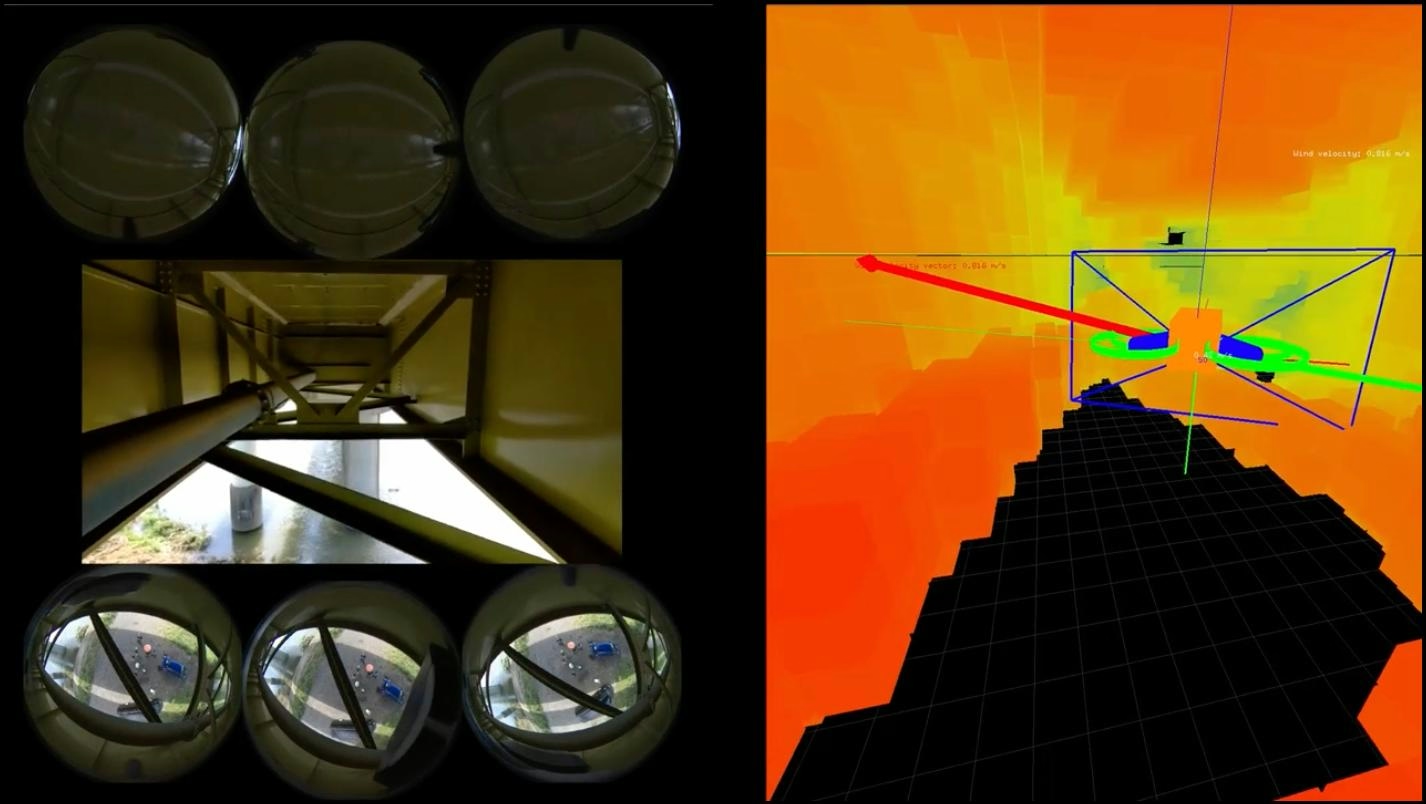
FAA Issues Rule Permitting Drones to Operate Beyond Visual Line of Sight
The Federal Aviation Administration (FAA) has announced a landmark regulatory change permitting commercial drones to operate beyond the visual line of sight of their operators. Transportation Secretary Sean Duffy unveiled the new rule on Tuesday, describing it as a pivotal step toward advancing American leadership in drone technology. The FAA’s comprehensive 731-page document outlines the Beyond Visual Line of Sight (BVLOS) rule, which aims to dismantle longstanding regulatory barriers that have constrained the commercial use of drones.
Expanding Operational Capabilities for Commercial Drones
Under the new regulation, drones weighing up to 1,320 pounds will be allowed to fly below 400 feet above ground level without the operator maintaining direct visual contact. This marks a significant departure from current requirements, which mandate that operators keep drones within their line of sight or obtain waivers to fly otherwise. To date, the FAA has issued 657 such waivers, including to major companies like Amazon, which employs drones for delivery services. Secretary Duffy criticized the waiver process as overly burdensome and emphasized that the new rule will transform how drone operations are approved, enabling innovators and businesses to expand their use of drone technology across various sectors.
The rule is expected to have a profound impact on industries such as manufacturing, agriculture, energy, filmmaking, and medical delivery. Duffy highlighted the necessity of the regulation for these sectors to operate more efficiently and effectively, stating, “Industry needs this rule to ensure they can use this technology to do business more efficiently and effectively.”
Safety, Security, and Industry Response
To address safety concerns, the rule requires drones to be equipped with collision avoidance technology. Additionally, the FAA will collaborate with the Transportation Security Administration (TSA) to ensure that operations supervisors and flight coordinators undergo thorough vetting, thereby mitigating security risks associated with expanded drone operations.
While the rule is anticipated to foster innovation and enhance operational efficiency, it also raises concerns related to regulatory compliance, safety, and privacy. Agricultural and delivery sectors have welcomed the expanded capabilities, anticipating increased productivity and the emergence of new business models. Conversely, general aviation groups and privacy advocates have expressed apprehension about the potential risks posed by increased drone traffic and surveillance.
The regulatory shift is expected to accelerate technological advancements as companies strive to meet BVLOS requirements and capitalize on new market opportunities. Providers of drone technology are likely to experience heightened demand for solutions that address safety and compliance challenges.
Regulatory Development and Next Steps
The BVLOS rule has been in development for over five years, with President Donald Trump playing a key role in its advancement. In June, Trump signed an executive order directing the FAA to proceed with the rule’s implementation. Secretary Duffy acknowledged the President’s leadership in facilitating innovation while maintaining safety standards, stating, “I’m grateful for the President’s leadership. He has been remarkable in clearing the way for innovation while maintaining our safety mission.”
Before the rule can be enacted, it will undergo a 60-day public comment period, allowing stakeholders and the public to provide feedback on the proposed regulatory framework.
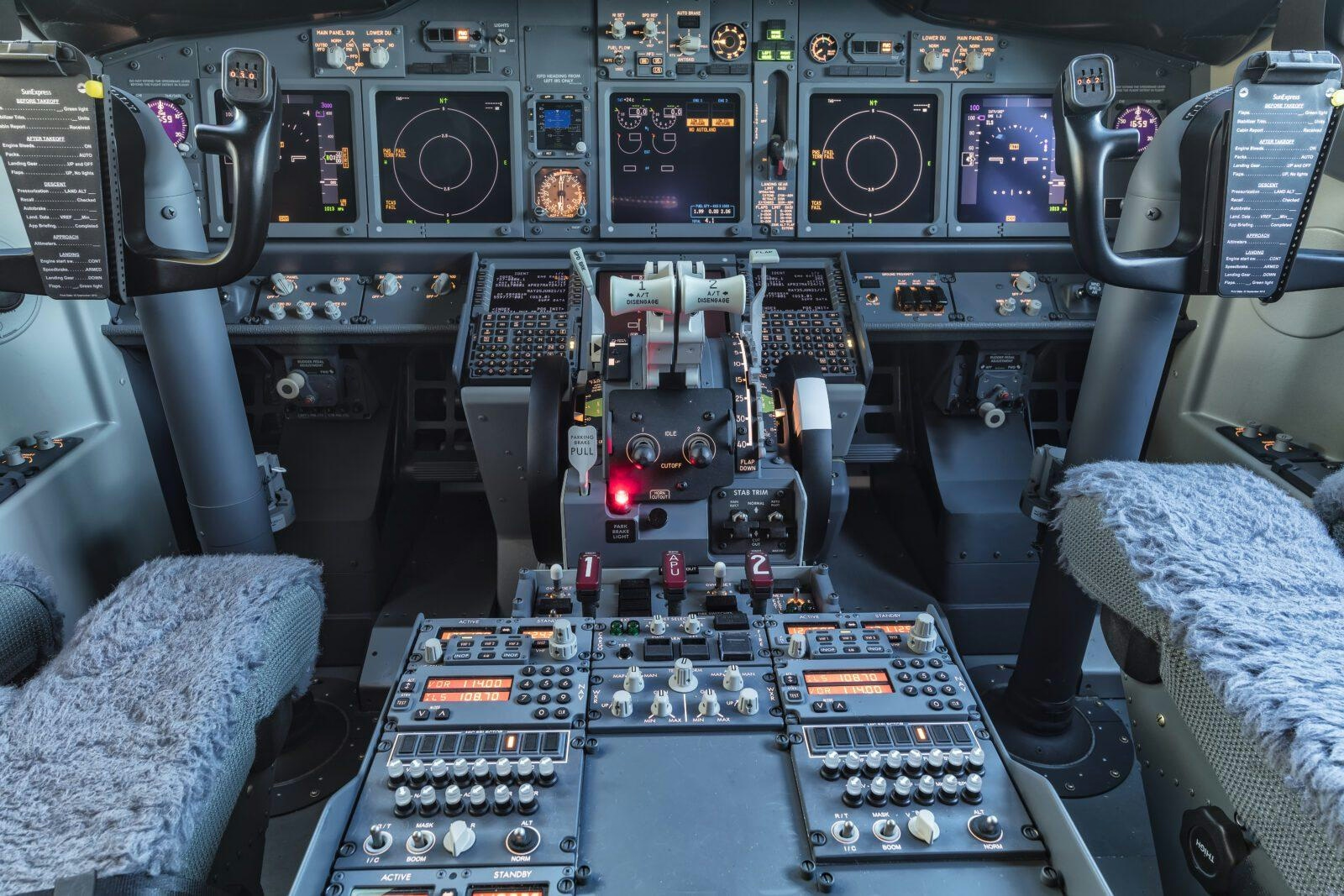
Investigators Examine Theory That Cockpit Sun Visor Caused Boeing 737 Engine Shutdown After Takeoff

Comparing the Fuselage Lengths of the Airbus A350-1000 and Boeing 787-10
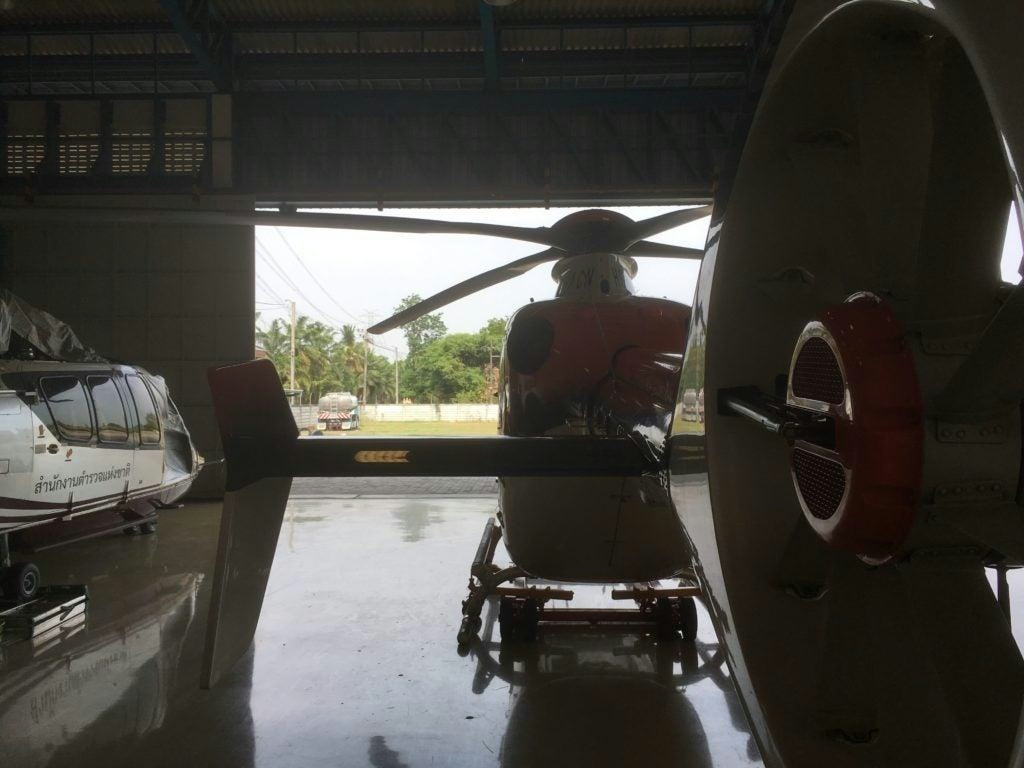
Thailand Establishes U-Tapao Aircraft MRO Center Contract for January 2026

United Airlines Announces Routes for New Premium Boeing 787s
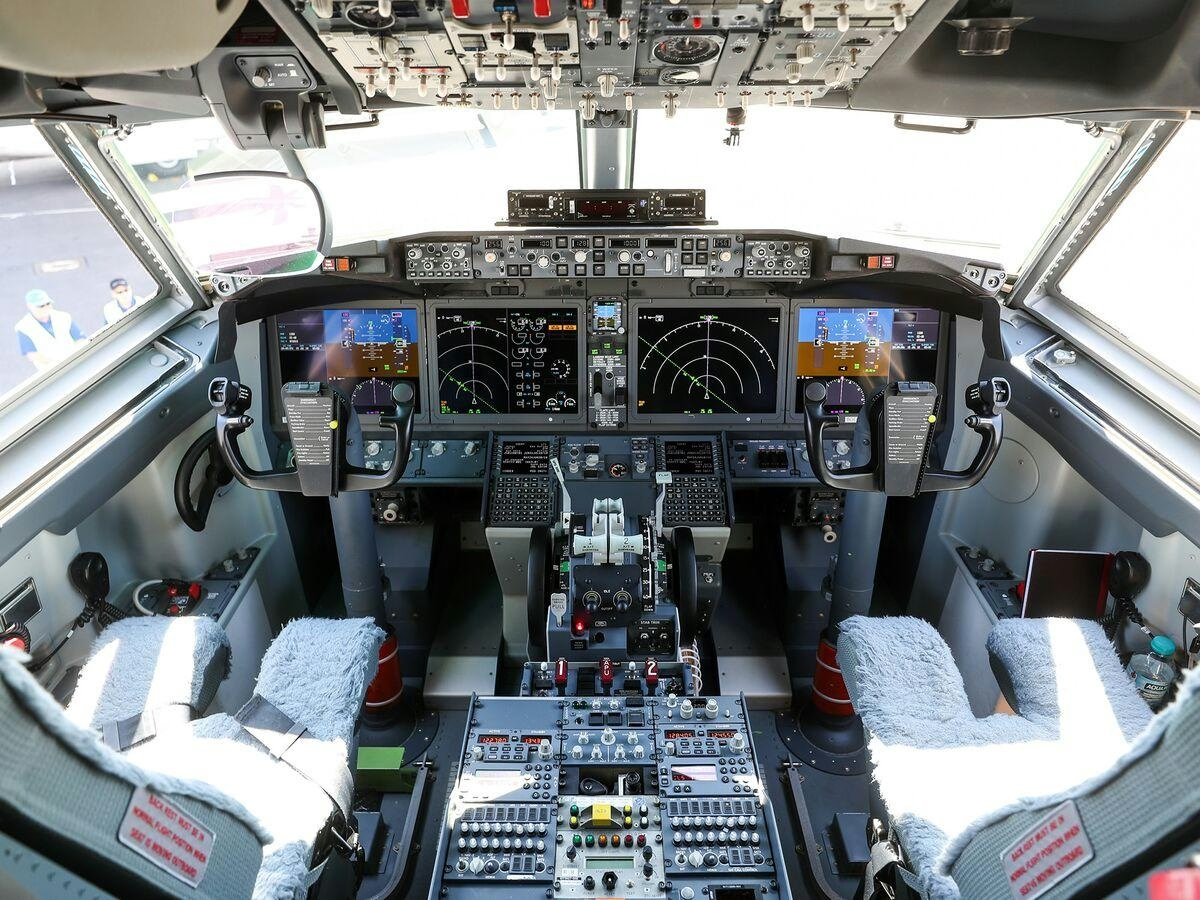
Boeing Introduces Remote Co-Pilot Technology
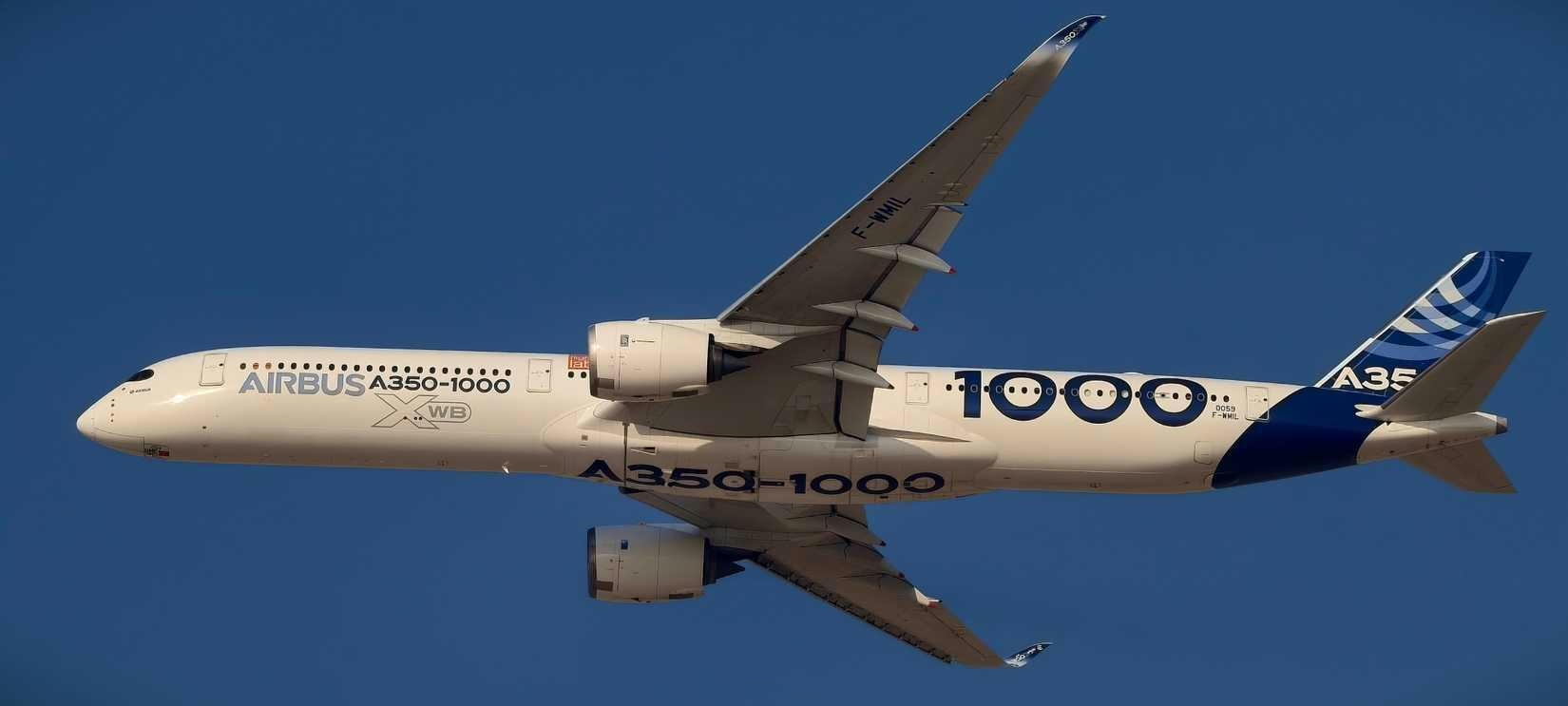
The Airbus A350-1000’s Fuel Efficiency Advantage Explained
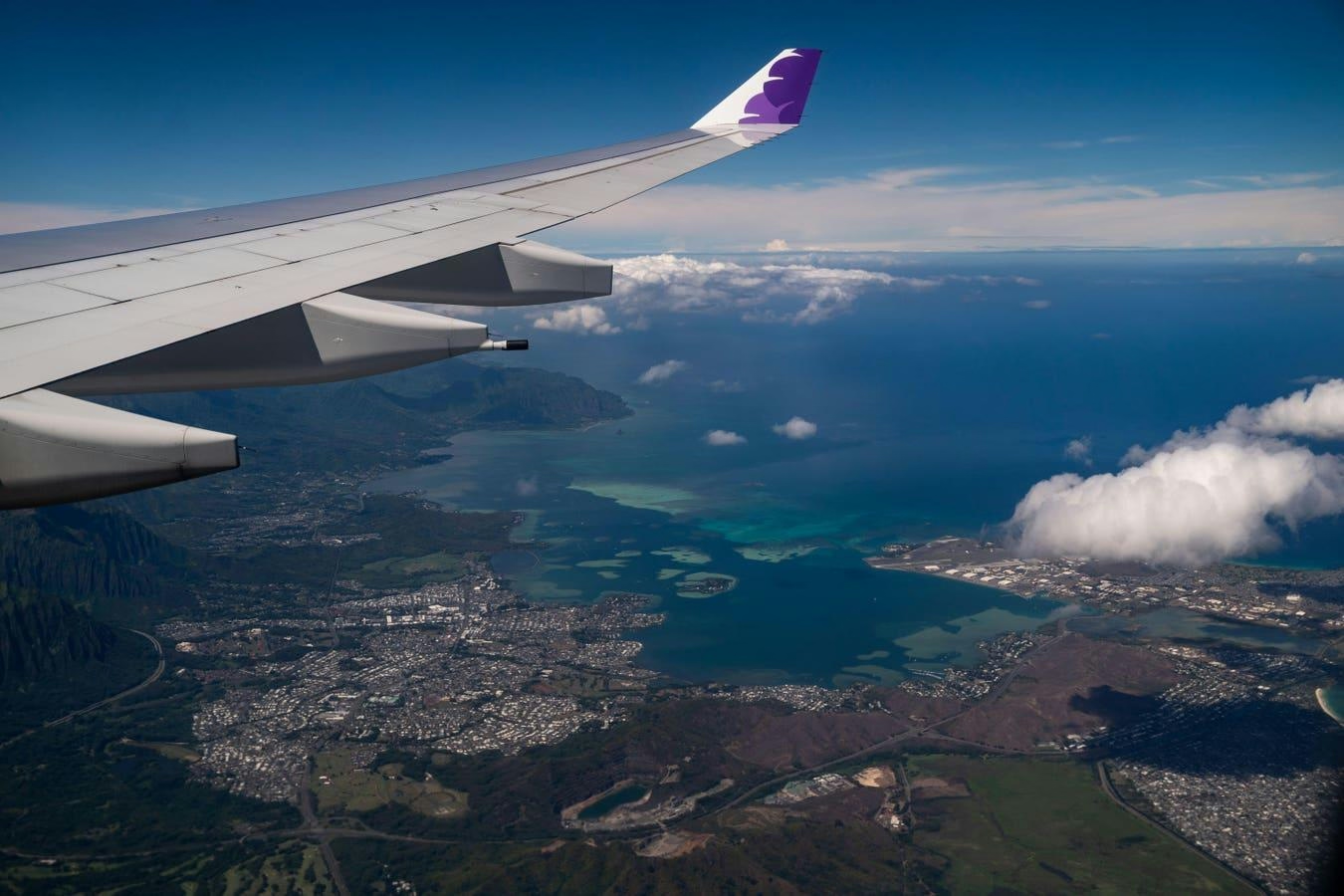
McNally Capital Expands Aviation Operations to Support Global Tourism

Two Young Climbers Begin Winter Ascent of McKinley
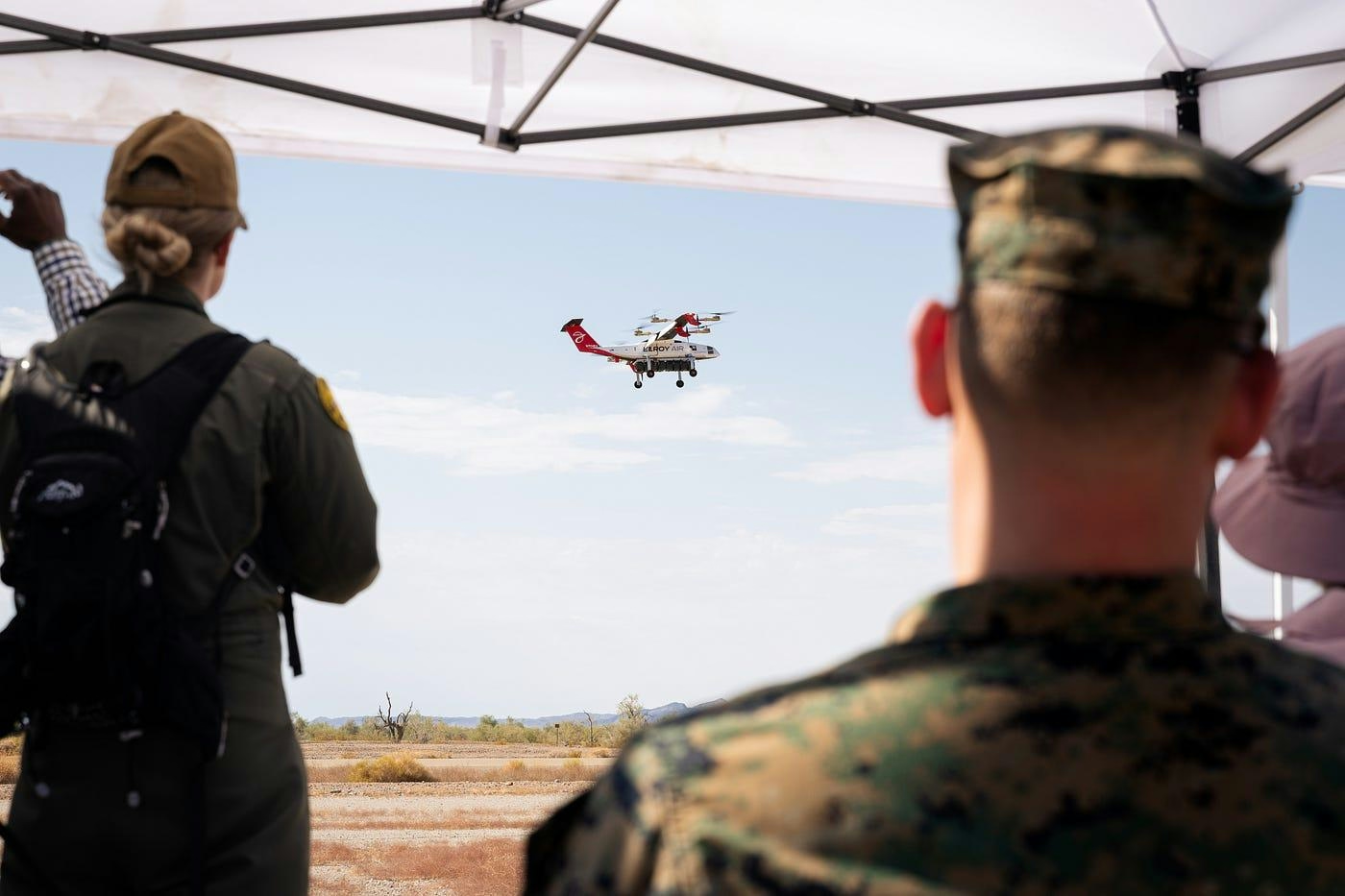
Elroy Air’s Autonomous Chaparral Delivers Lunch on A-to-B Flight
